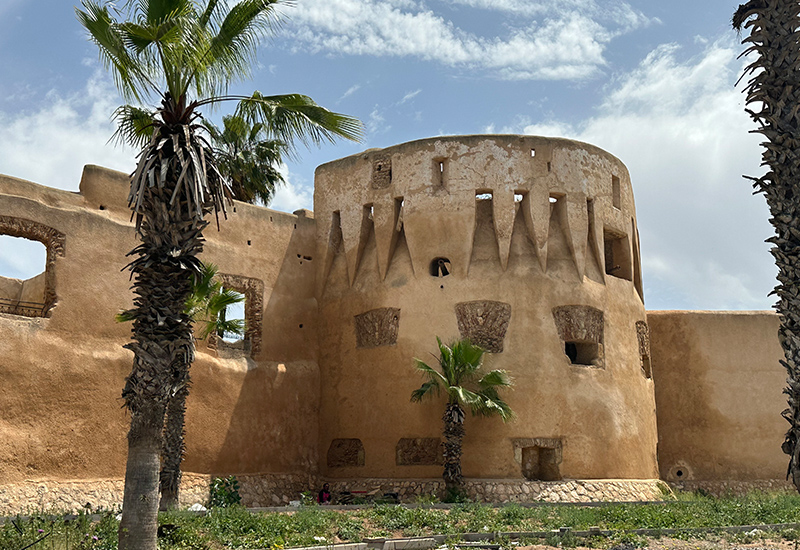After our enjoyable first visit to Morocco last April in the campervan, we decided to revisit in May this year. We were keen to explore the Portuguese heritage along the Atlantic coast in more detail. The campervan knew by now its way to Algeciras ferry port, and we arrived there after a swift six-hour drive.
We had the option of crossing to Tangier Med or Ceuta, a Spanish enclave at the tip of the North African coast. Most people opt for Tangier Med as the border controls are more straightforward. In hindsight, I wished we’d chosen Ceuta, as this would have been an appropriate start to our quest.
In 1415, Portugal conquered Ceuta. With its strategic position, it gave control over the main outlets of the lucrative trans-African trade, which included precious gold and, increasingly, the slave trade.
This was the first step in building the Portuguese maritime empire, also opening up crucial sea routes to India, bypassing land-based Muslim-controlled trade routes.
Now the extensive Portuguese expansion began in earnest. Fortified trading posts and settlements were established along the Atlantic coast. These enclaves allowed the Portuguese to control important trade routes. They constructed impressive fortresses, city walls and churches that combined European and Moorish architectural styles.
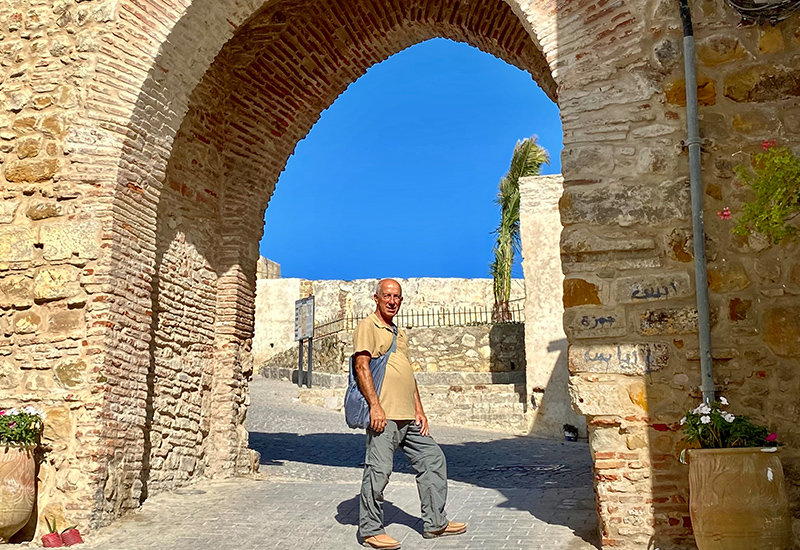
We arrived in Tangier – the jewel in the crown for the Portuguese. It was won and lost three times but eventually conquered in 1471. We saw remnants of the walls built around the city in the 15th century. As in Ceuta, the Great Mosque of Tangier was converted into a cathedral. It is now a museum but still has some Portuguese architectural features. The 16th-century Kasbah, a palace built by the Portuguese, is a museum with some artefacts from the Portuguese era.
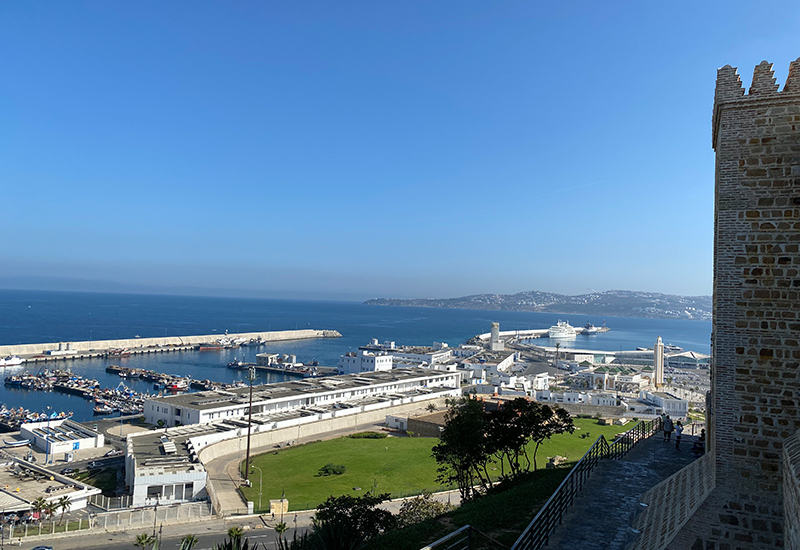
Foreign domains were often used as pawns to serve political interests, and Morocco was no exception. In Tangier, Iberian rule lasted until 1661, when the city was given to King Charles II of England as part of the dowry for the Portuguese Princess Catherine of Braganza.
Tangier is a vibrant city with a distinct Mediterranean feel. Its mix of various influences, including the Portuguese, has contributed to its charm.
Next was the small, picturesque town of Asilah, 31 km south of Tangier. Its strategic port has attracted interest from neighbouring countries over the centuries. In 1471, the Portuguese captured the port and built the wall that still surrounds the medina. It became an important trading post on their gold route across Africa.
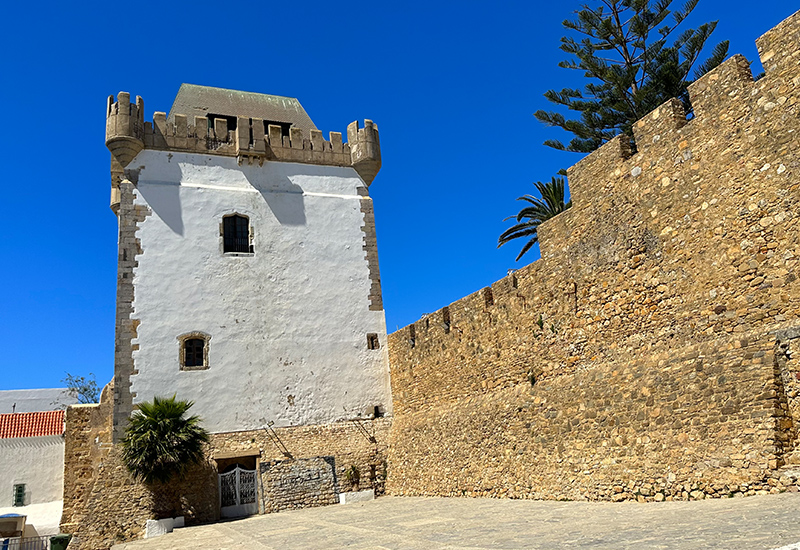
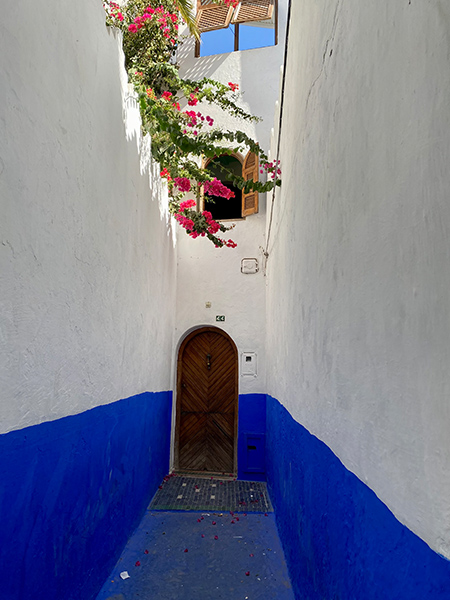
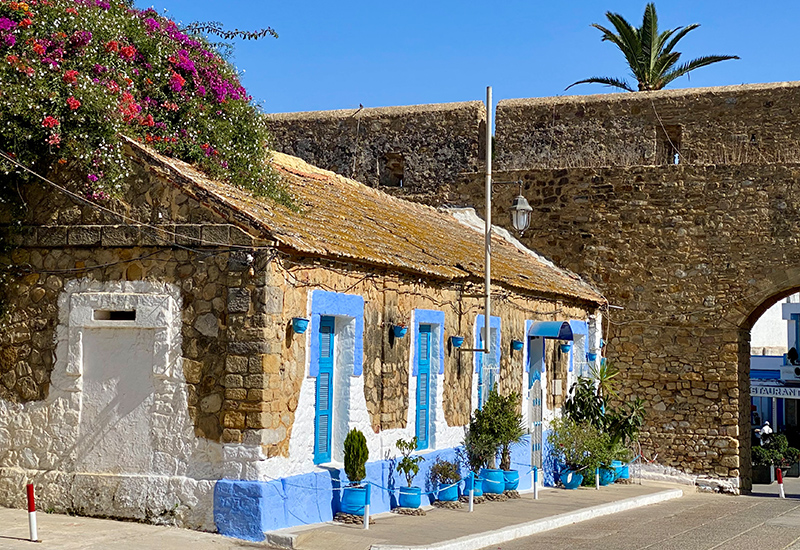
These days the medina is an arts hub and a magnet for tourists. We enjoyed strolling along the winding alleyways and browsing in the shops selling artwork and handicrafts. Because of an economic debt crisis, the Portuguese abandoned the town as early as 1549. Later Spanish rule also left its mark on pristine white buildings with their intricate wrought ironwork. And paella is readily on the menus of most restaurants!
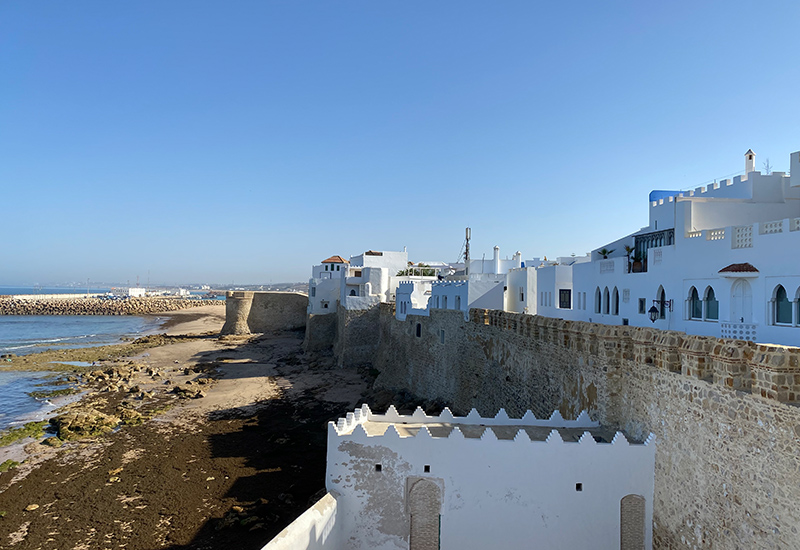
Driving along the coast, we bypassed Rabat and Casablanca and did a quick pit stop at Azemmour, which has many well-preserved Portuguese vestiges. In the 15th century, the Portuguese offered protection to the already established town. But as the local governor refused to pay tributes, Portugal sent a massive fleet of 500 ships and a large army led by James, the Duke of Braganza. The town surrendered without resistance. Interestingly, Ferdinand Magellan, who led the first-ever circumnavigation around the world, took part in the battle. His horse died in the skirmish, but he survived to tell the tale.
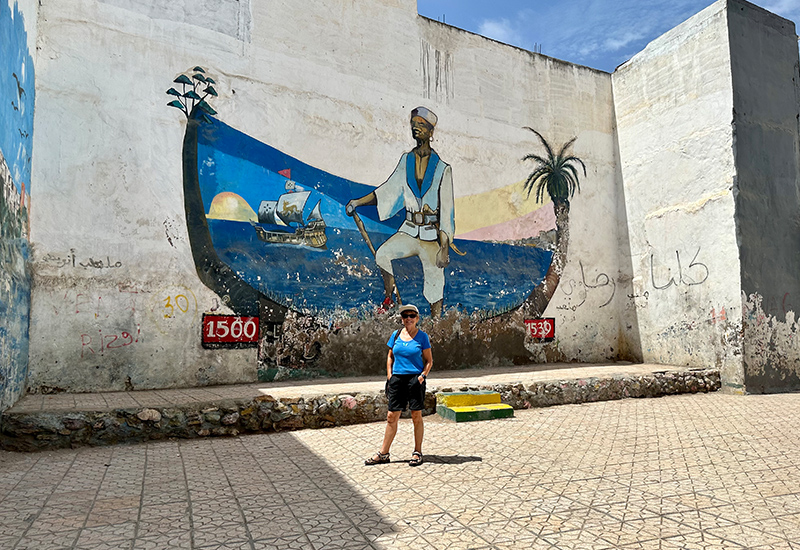
Parking by the town walls, we entered the ancient medina. Built by the Portuguese, it retains many traces of its past, including ornate doorways. It was a warren of narrow streets with hole-in-the-wall small shops for locals with not a single tourist in sight. There was an eerie feeling – as if time had stood still. The town has long been associated with arts and crafts, and we could see huge painted murals on crumbling walls. In the medina, we visited the old Kasbah castle built by the Portuguese with its six towers and original canons.
We were keen to visit nearby El Jadida, knowing that it housed La Cité Portugaise, declared a UNESCO World Heritage site in 2004. Its old city walls are one of the world’s Seven Wonders of Portuguese origin. And what we saw was spectacular. The fortress, with its star-shaped ochre-coloured ramparts, was built in 1506 to protect Portuguese ships heading down the West African coast. The Portuguese called it Mazagan,and it became its most important trading post. The views from the ramparts over the harbour and the sea beyond were astonishing. We could see the original sea gate where ships unloaded their cargo and from where the Portuguese finally left in 1769, destroying much of the monument.
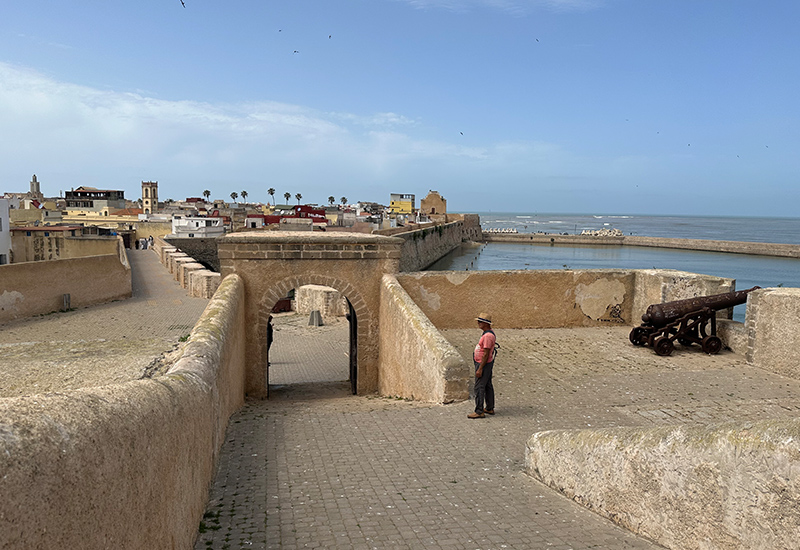
However, it was interesting to get a sense of Portugal here. When looking at some carpets in a shop, the owner, when realising we were from Portugal, invited us in to browse – in Portuguese. Unfortunately, the atmospheric, vaulted 16th Portuguese cistern was closed for maintenance, so we could only admire the photos on a poster outside. Next time perhaps?
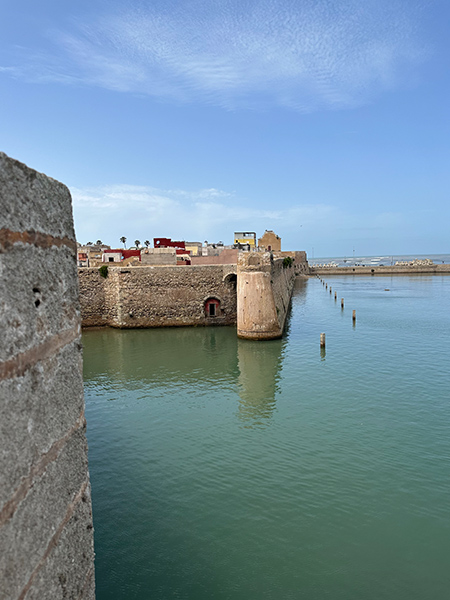
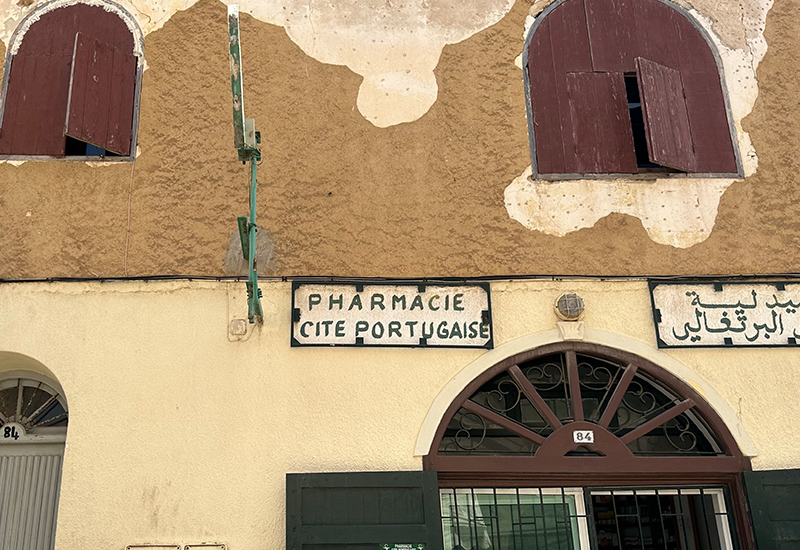
From El Jadida, we drove to Safi on a B road skirting the coastline. We noticed numerous chemical and food processing plants and a large fishing port with sardine canneries. Its position attracted the Portuguese, who took it briefly in 1508. They built the Ksar Bahr fort on the waterside and expanded the town. I’m sure Safi has much to offer and has a beautiful coastline away from the industrial areas. However, we wanted to visit the charming town of Essaouira.
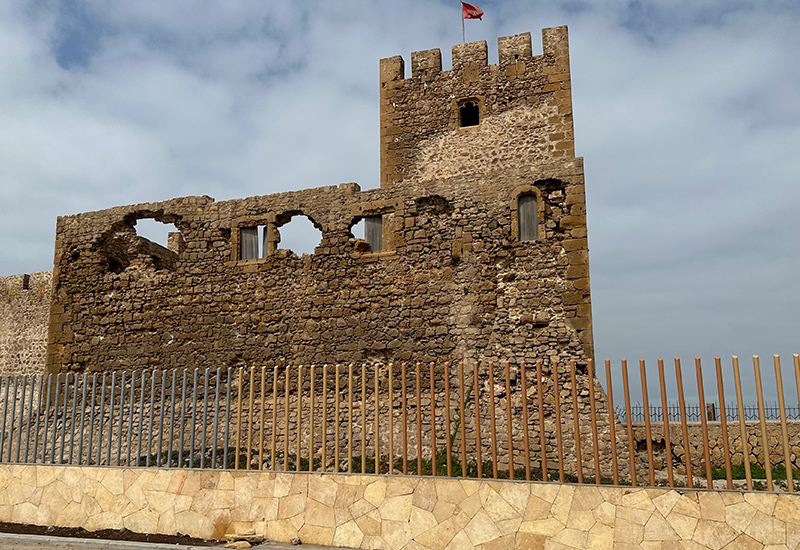
And yes, you’ve guessed it. Essaouira, further down the coast, had links with Portugal. It was known earlier as Mogadorand had a strategic position on the Atlantic coast. The Portuguese built a fortress, Castelo Real de Mogador, on a promontory in 1506 to protect their trading interests. Goods such as sugar, ivory and spices were exported, while textiles, wine and weapons were imported. They also traded slaves from Mogador to other parts of the Portuguese empire. The Portuguese presence only lasted a couple of decades as the Moroccans gained control. The fortress was demolished in the 18th century.
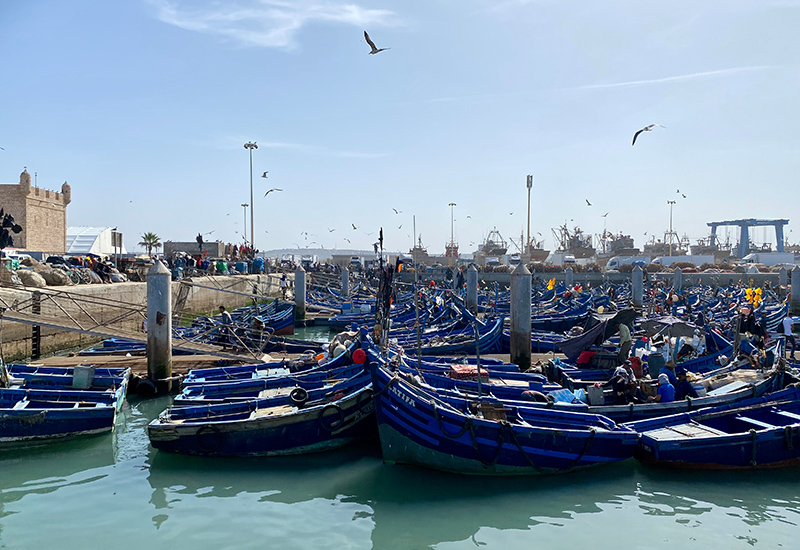
Today its port is still a hive of activity but of a different kind. There is a flurry of fishing boats arriving and departing. We saw the day’s catches being landed and sold in the market along the quayside. The walled medina, dating from the late 18th century (another UNESCO World Heritage Site), is a delight. We were happy to get lost in the myriad of narrow streets and souks and succumbed to bartering for some colourful items. The final price was to our satisfaction, but the vendor perhaps had the last laugh as usual.
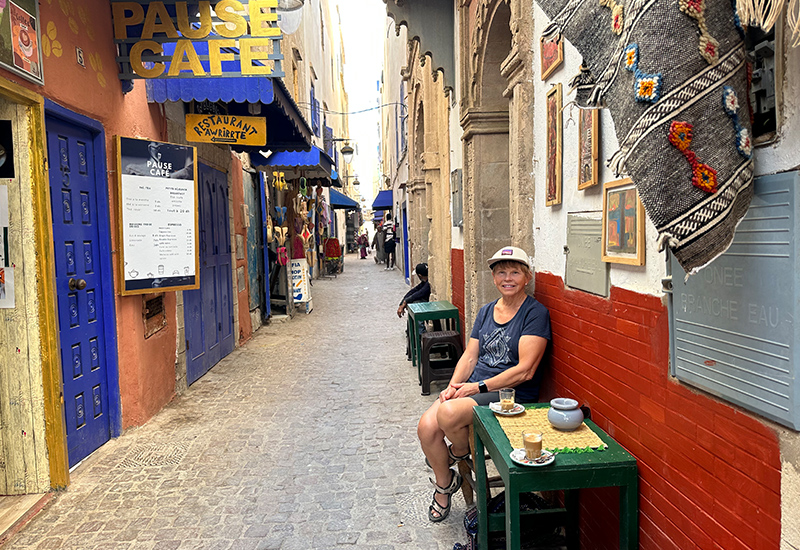
Another vital trading post for the Portuguese was Agadir, further south. Many will recognise it as one of the premier package holiday destinations in Morocco with its lovely crescent-shaped beaches and numerous resorts.
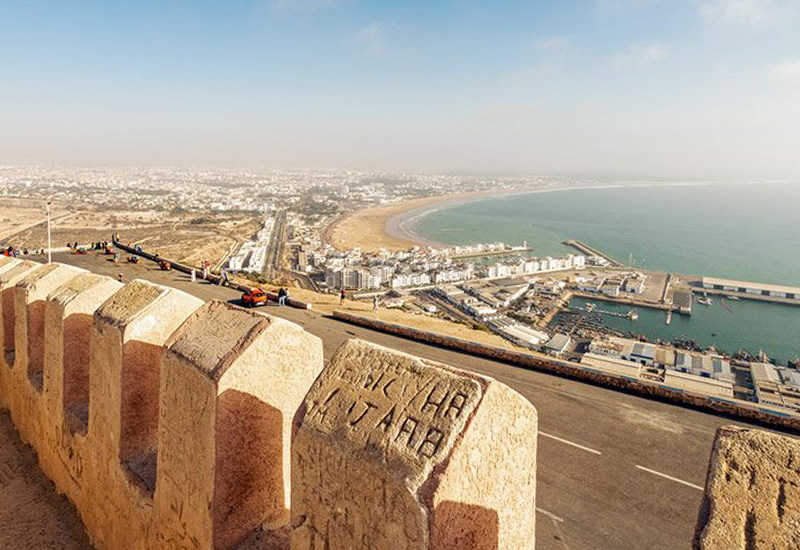
Few, however, will realise it was founded by the Portuguese, who, in 1505, built a wooden castle near a spring and named the settlement Santa Cruz do Cabo de Gué. The hostility of the local population grew and led to an economic and military blockade of the port. In 1540, the Portuguese settlement was besieged, and a year later, they surrendered.
Following the defeat, the Portuguese presence in Agadir and much of Morocco diminished significantly. The final nail in the coffin of Portugal’s Moroccan expansion was the ill-fated expedition by Dom Sebastião, the young, ambitious King of Portugal. His burning ambition was to lead a crusade against the Moors in North Africa. His army and the cream of the Portuguese nobility suffered a crushing defeat in the Battle of Alcácer Quibir in 1578. The body of D. Sebastião was never discovered.
This marked a turning point in Portugal’s history. Not only did it halt the country’s expansionist ambitions in Africa, but it also led to a constitutional and political crisis in Portugal itself.
What legacy has Portugal left in Morocco? It’s bound to be a complex one. Along with other European powers who, for centuries, jostled for dominance over the region, Portugal, too, left its marks. The colonial era was wrought with conflict and violence, but positive contributions were made to architecture, language and culture.
Morocco has an astounding mix of different cultural influences, and for us, this makes it such a fascinating country to visit.
